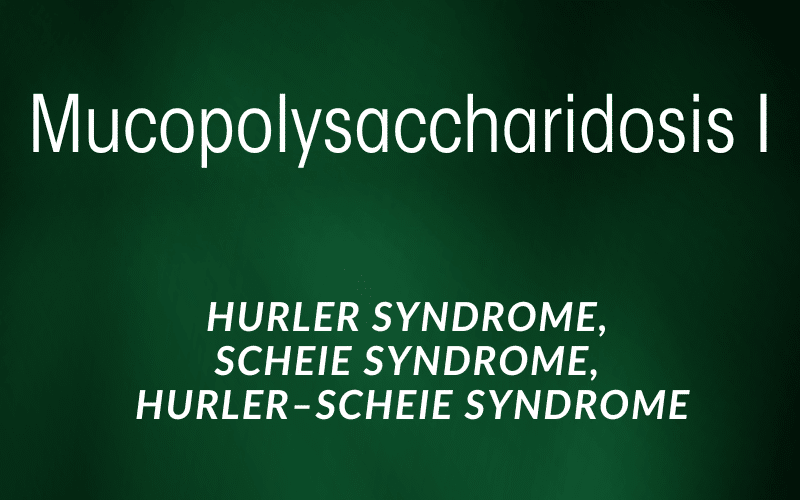Introduction: The Puzzle Pieces of Mucopolysaccharidosis

The world of Mucopolysaccharidosis (MPS) is a complex network of interconnected dots, each representing a unique type. They are form a comprehensive image, illuminating the intricate nature of this inherited metabolic disorder. Each type of MPS paints a distinct picture, fostering a thorough understanding of this intriguing condition. These disorders are inherited, meaning they pass down from one generation to the next.
As one of the inherited metabolic disorders, MPS comprises a family of disorders where the defining feature is the accumulation of glycosaminoglycans, long chains of sugar molecules. The body’s inability to break down these molecules due to enzyme deficiencies forms the crux of this condition. These molecules, instead of being recycled as per normal cellular processes, pile up in various tissues, disrupting their normal functioning and leading to an array of symptoms.
Our investigation into the realm of MPS is not limited to understanding these disorders but extends to exploring the contemporary treatment modalities available. With each step in our journey, we unveil the intricacies of each MPS type, uncovering not just its nature and impacts but also how to navigate life with MPS.
Join us as we embark on this intricate exploration, unravelling the details of the nine types of Mucopolysaccharidosis.
Type 1: The Hurler’s Tale: Unfolding Mucopolysaccharidosis I

Let’s place our lens over the first dot in the picture – MPS I. Notably one of the more prevalent forms of this disorder, MPS I presents itself in three variations: Hurler, Hurler-Scheie, and Scheie syndromes. Each of them named after the pioneering researchers who first described them – Gertrud Hurler and Harold G. Scheie.
The severity varies across these subtypes, with Hurler syndrome being the most acute form. Children diagnosed with this condition often experience a host of symptoms such as developmental delay, coarse facial features, and reduced lifespan.
One might notice that children affected by Hurler syndrome grow at normal rates during their first year of life, but this growth often slows and stops altogether by their second year. Another intriguing aspect is the development of certain unique facial features like a broad nose, a large head, and thick lips, leading to a specific facial gestalt associated with this syndrome.
The story of MPS I isn’t all bleak. Remarkable advances have been made in the medical world in managing this condition. One such stride is the use of enzyme replacement therapy (ERT). While it doesn’t cure the condition, it significantly enhances the quality of life of these children by helping manage the symptoms.
Moving further along the spectrum, we encounter Hurler-Scheie syndrome. It’s an intermediate form of MPS I, where the symptoms aren’t as severe as in Hurler syndrome but more severe than in Scheie syndrome. Individuals diagnosed with this form live well into their adulthood, with symptoms usually beginning in childhood.(1)